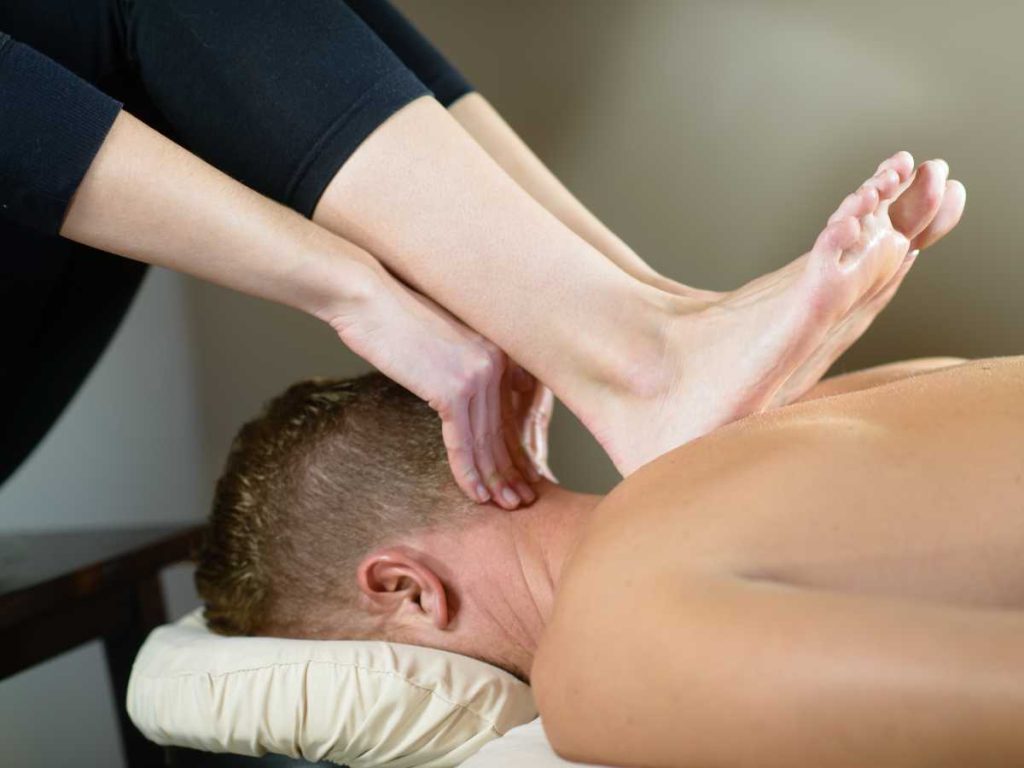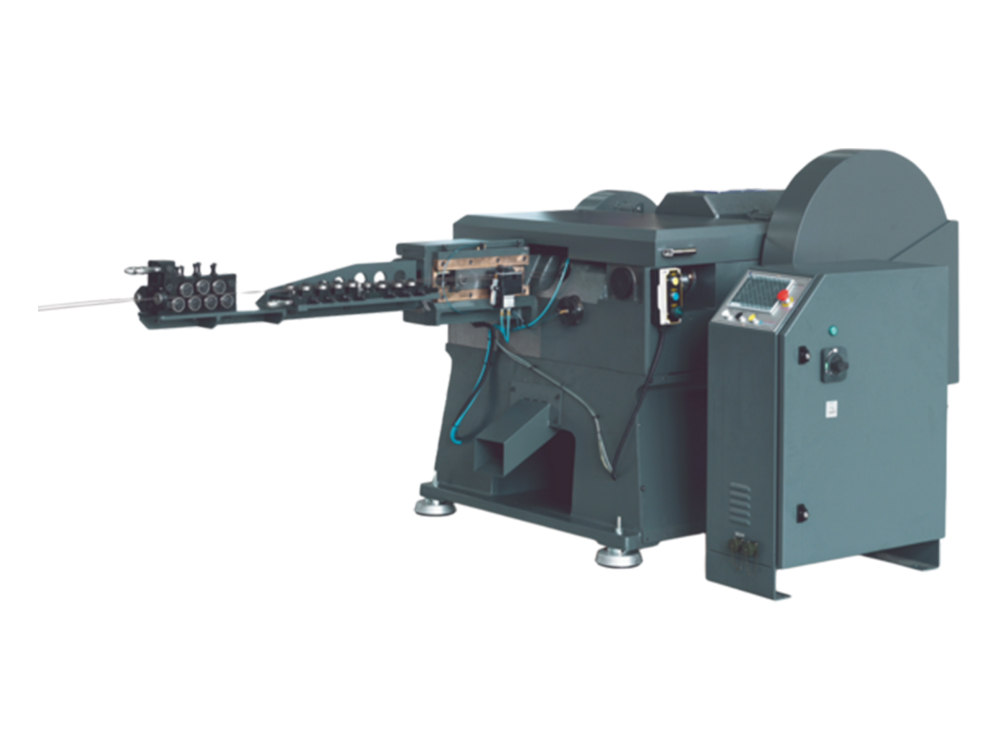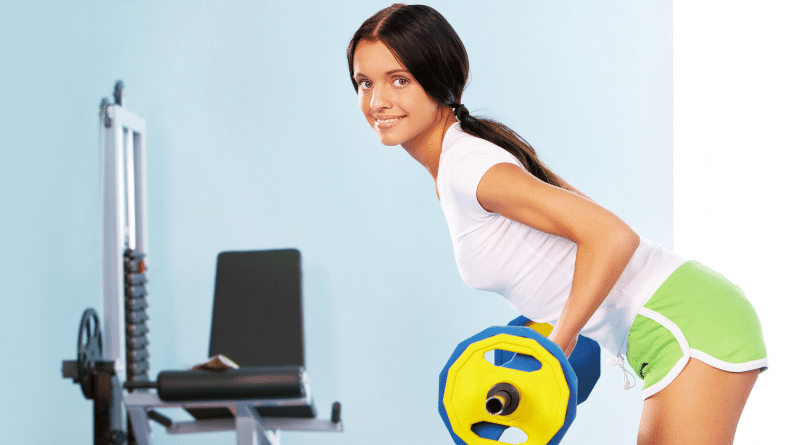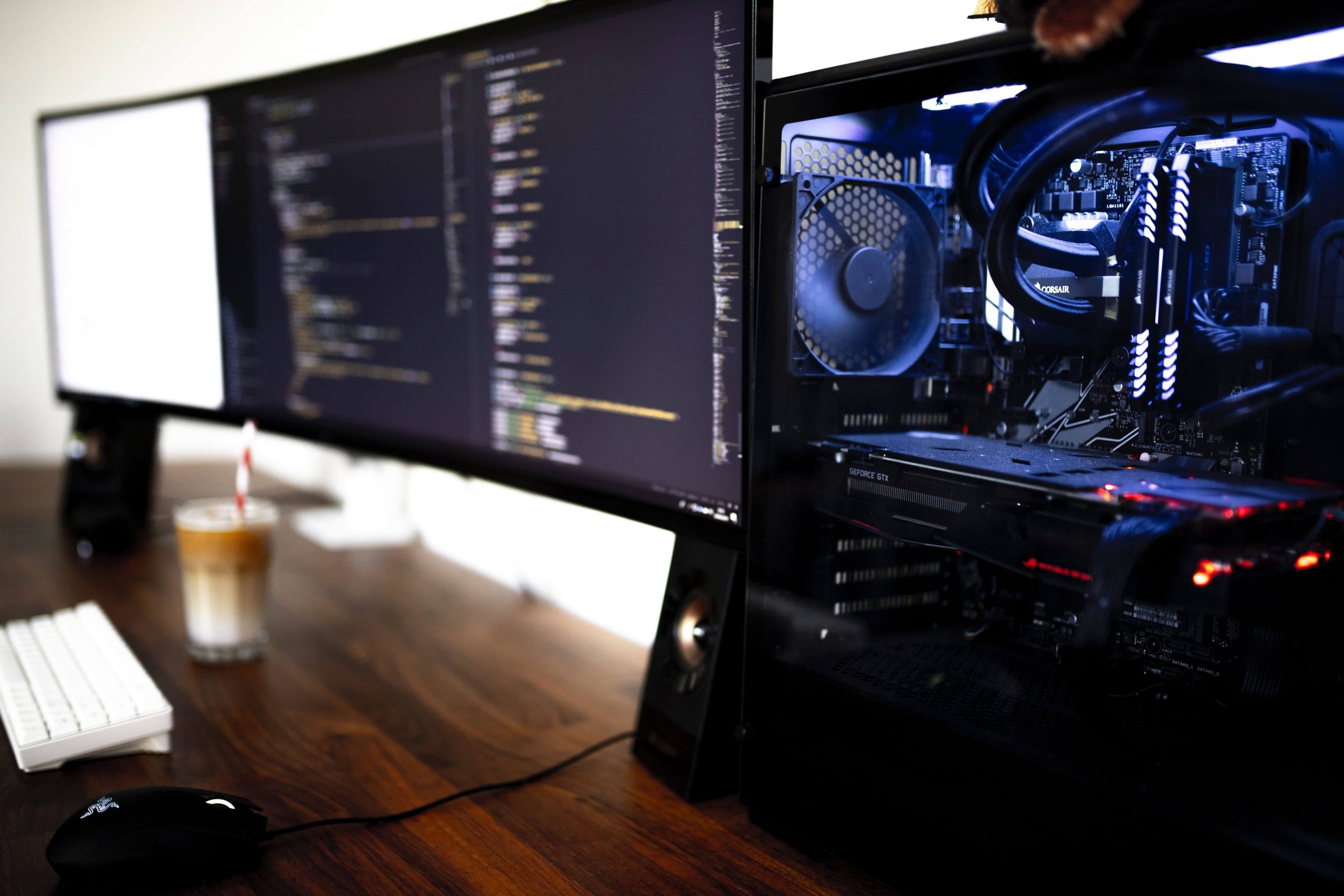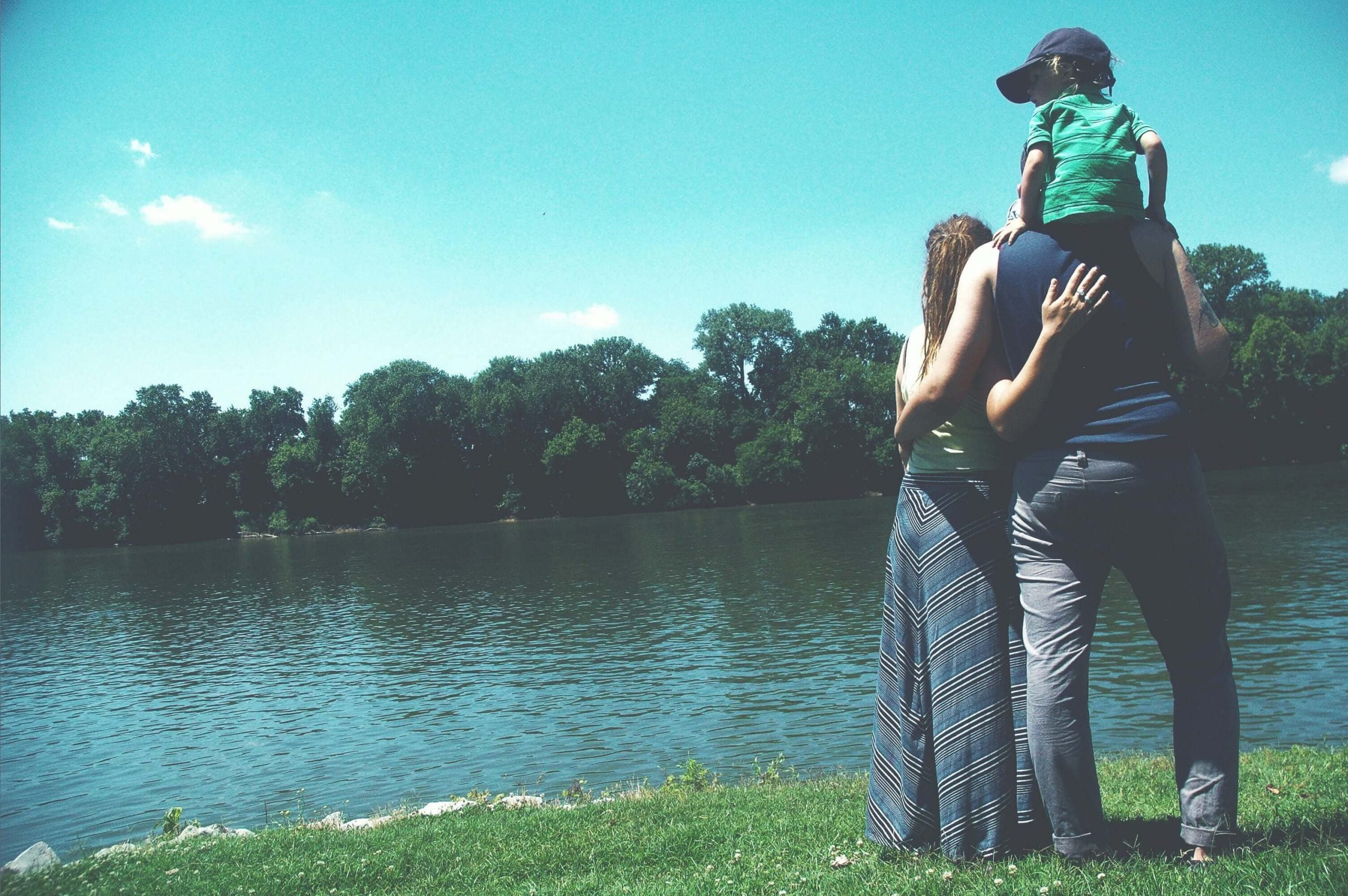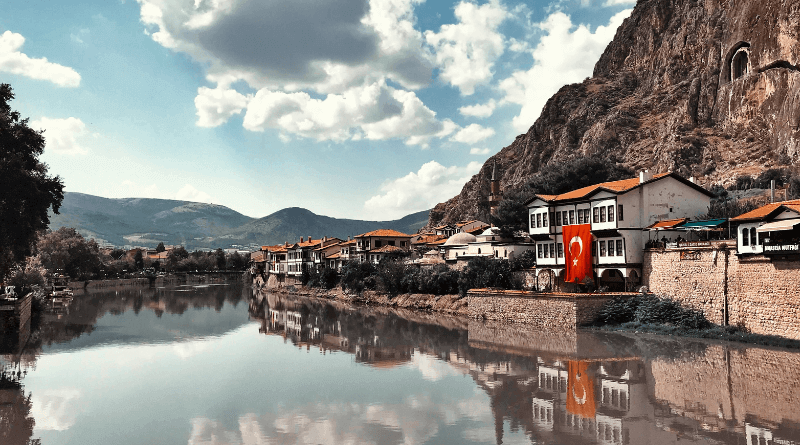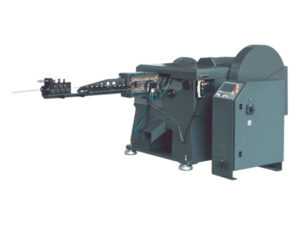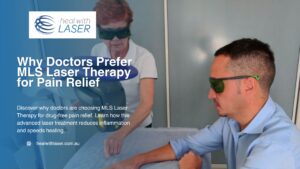Ashiatsu is a deep-tissue massage, and it works to alleviate pain and stiffness by releasing knots. It’s a great alternative to traditional hand massage and can be utilized by people of all body types.
This technique’s gliding and kneading motions boost circulation, eliminating inflammation and flushing out the buildup that causes muscle tension. It also improves posture and helps lower cortisol levels, the body’s natural stress hormone.
It’s more comfortable.
Ashiatsu is a massage technique that uses the therapist’s feet to apply pressure to your back and other large muscle groups; rather than using the thumbs or elbows, the massage professional, such as Motion Massage, hangs from bars suspended above the table to balance herself and remove some of her body weight to glide her feet over the entire surface area.
The broader strokes of the feet lessen the pain by distributing pressure over a larger area while still targeting deeper muscles. And, while you may think that having someone step on your back would hurt, this type of massage feels incredibly relaxing. Licensed therapists can also adjust the intensity of the massage to your preference. This is an excellent option for those who need extra pressure but are uncomfortable with hand or elbow techniques.
It’s more effective.
Ashiatsu massage is a unique, specialized treatment that offers clients deep and broad pressure. The therapist uses leg strength and gravity to lengthen and elongate strokes that penetrate deeper into muscles than the typical deep tissue techniques.
It’s also more effective at resolving chronic soft tissue damage. The long gliding compression strokes loosen adhesions and realign the body’s skeletal structure. Movements that elongate the spine open the intervertebral foramen, where spinal nerves pass through and increase the flow of oxygenated blood to the area.
And because there is no poking, the nervous system is not provoked to release a defensive response of cortisol which can cause post-massage aches and pains. This allows the muscles to heal without the residual achiness of traditional therapy.
It’s more convenient for the therapist.
Athletes appreciate shiatsu for its ability to target athlete-specific areas of the body, like the iliotibial band (a thick strip of tissue on the outside of the leg that runs from hip to knee). Its deep, long strokes can broaden and lengthen muscle fibers. Increasing the spine can also assist in enhancing posture and easing back discomfort.
This style of massage uses the therapist’s feet to apply pressure, so it’s easier on their bodies than traditional deep tissue techniques that use elbows and forearms. This lessens their fatigue and allows them to work longer without feeling the burnout that often occurs.
The shiatsu treatment also produces endorphins, which reduce tension and heighten sensations of tranquility and well-being. That’s great news for athletes because high-stress levels can inhibit their performance and lead to illness.
It’s more affordable.
Ashiatsu massage is incredibly effective at alleviating pain and tension, relieves spinal compression, elongates the spine, and stimulates the body’s self-healing system. Its long gliding strokes and deep compression strokes help release knots and chronic holding patterns, allowing the muscles to relax.
It is also more affordable than other therapies. The therapist’s feet allow them to apply pressure more accurately than their hands, meaning they can apply pressure with less strain on the client.
Regular massages can reduce cortisol levels and boost oxytocin, which promotes feelings of well-being and calmness. This can improve your immune system and even increase white blood cell count, which helps fight off illness.
It’s more versatile.
Ashiatsu therapists deliver long, gliding strokes that lengthen muscle fibers and slow, deep compressions that loosen adhesions and inspire structural shifts. The therapists’ body weight force is harnessed to apply the right amount of pressure and eliminate the need to use their hands.
It also helps reduce the amount of strain on a therapist’s wrists and thumbs. This can reduce the risk of injury and prevent therapist burnout.
Ashiatsu massage can also help reduce scar tissue and improve muscle healing. This can be especially beneficial for athletes looking to return to training and competition quickly. By releasing adhesions, shiatsu can help athletes recover faster and allow them to perform at a higher level. This is especially important for athletes who compete in repetitive motion sports.

